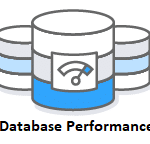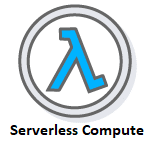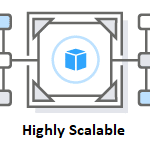We specialize in elevating businesses through customized cloud solutions, expertly guiding the transition from on-premises infrastructure to the cloud. Our team excels in creating innovative, cloud-based environments tailored to meet your unique business needs.

Our products encompass a comprehensive range of cloud-based solutions, including scalable cloud infrastructure services, data migration tools, and secure cloud storage options. We offer advanced analytics platforms and cloud integration services designed to optimize your business operations and enhance data accessibility.
Elevate your business with our cloud solutions, designed for scalability, security, and efficiency.
Tailor your infrastructure to meet dynamic demands, ensuring seamless operation and innovation.
Amplify your message with targeted mass email campaigns.
Our platform offers intuitive design, robust analytics, and segmentation tools, making your outreach impactful and measurable.
Optimize your systems with our performance tuning services.
We fine-tune your technology environment, enhancing speed, reliability, and user experience, driving better business outcomes.
Transform data into insights with our Business Intelligence tools.
Make informed decisions, uncover new opportunities, and streamline operations with our comprehensive analytics solutions.







We’ve reached a point in the cloud maturity cycle where more organizations across numerous verticals are realizing the very real benefits behind the cloud based architecture. More so, these businesses are seeing how they can deploy powerful workloads while utilizing a distributed architecture. Businesses of all sizes across all verticals can leverage some type of cloud ecosystem.
Identify customer requirements and needs as - Client request - Modification of an existing design - Generation of a new product
Study the current computer systems and procedures and design information systems solutions to help the organization operate more efficiently and effectively.
Design, develop, test and implement software and architectural changes.
For most businesses cloud is not as easy as clicking a few buttons, entering a credit card and seeing applications just work. Many organizations see the immense value that the cloud has to offer in terms of agility, scale and innovation. An optimally managed cloud takes the right plan and people to bring cloud to life in a secure and repeatable way.
Train existing personnel and provide continuous support and maintenance.
At HeadSoft, we’re not just about providing technology solutions; we’re about crafting a personalized experience for every client. Our team is eager to collaborate with you, understanding your unique challenges and objectives to develop customized software and cloud services that not only meet but exceed your expectations. Let us be your partner in innovation, leveraging our expertise to empower your business transformation. Reach out to us, and let’s start the conversation about your future success.